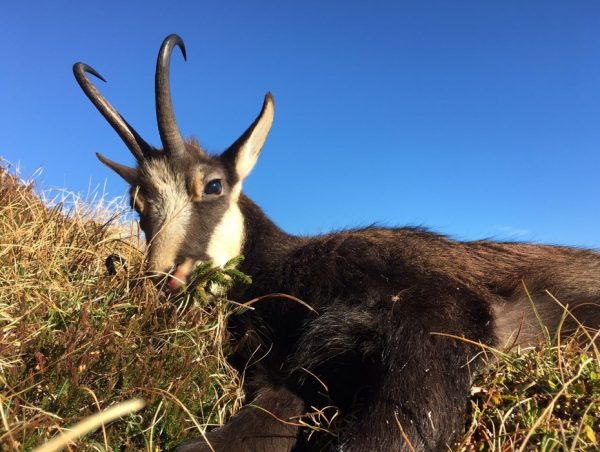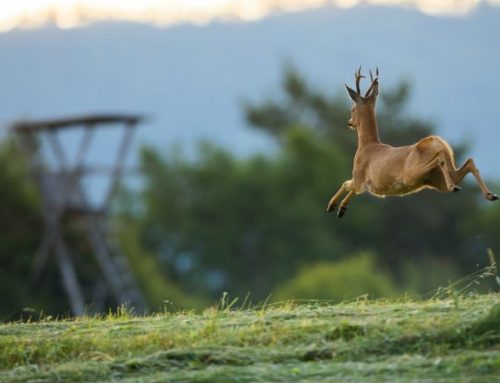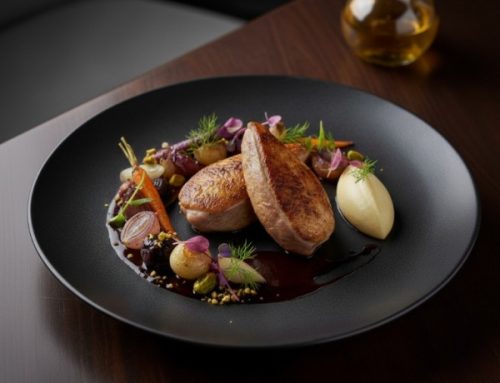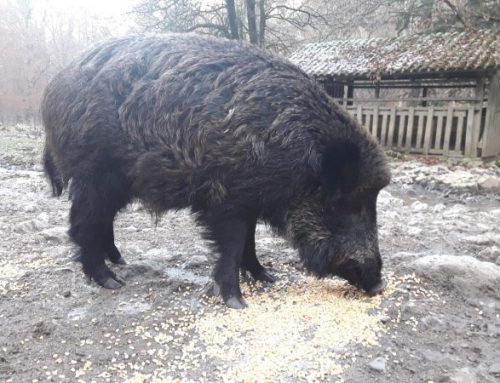The kind of silence that only exists at dawn in the heart of the forest. Your breath fogs the morning air as you step softly over frost-covered leaves, boots pressing into the cold earth.
Somewhere nearby, a pheasant rustles in the underbrush. A stag watches from the tree line, invisible to most eyes. And then—a single shot breaks the quiet, echoing through the valley like the start of a timeless ritual.
Back at the hunting lodge, the fire crackles. The smell of woodsmoke and pine fills the air, mingling with the unmistakable aroma of meat slowly searing on cast iron. There’s coffee on the stove and muddy boots by the door. The table is set, not with silverware, but with the promise of something ancient, honest, and deeply human: the transformation of wild game into nourishment.
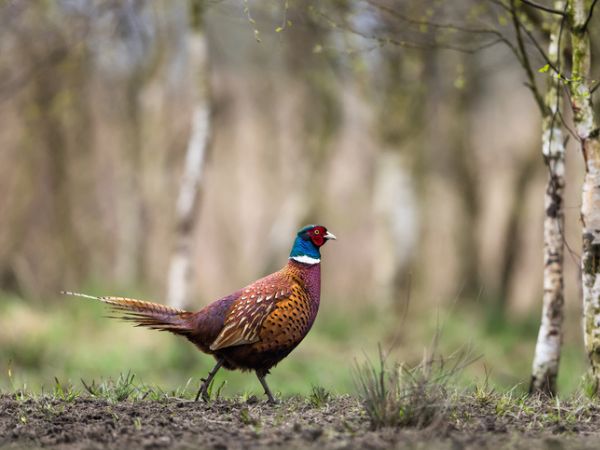
This is not just about hunting. It’s not just about cooking either.
It’s a passage—a full-circle experience where the chase, the land, and the meal come together in one story. One that begins with the rifle and ends at the table.
Why Game Meat Is More Than Just Food
Across centuries and cultures, wild game has held a sacred place in both tradition and cuisine. From the slow-braised wild boar stews of Tuscany to the grilled venison medallions of the Alpine regions, every bite tells a story of the forest, the season, the respect between hunter and prey.
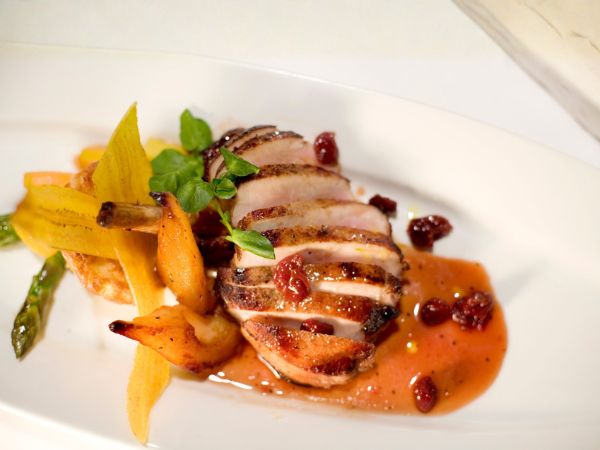
Hunting your own food may seem like a lost art in a world of supermarkets and instant delivery—but for those who still walk the woods, who still take part in the oldest of trades, it’s a way to reclaim connection. To the land. To tradition. To the flavor of something real.
1. Why Game Meat Is a Culinary Treasure
Unlike farmed animals, wild game lives free, eats naturally, and grows according to the rhythm of the land. Game meat is lean, rich in flavor, and packed with nutrients, but it’s also more than that.
It’s sustainable, ethical (when hunted properly), and deeply connected to local ecosystems.
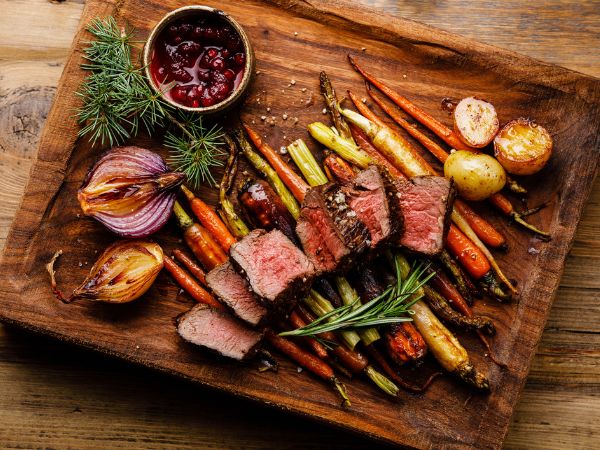
When you prepare wild meat with care and cook it with intention, you’re honoring the full circle of life. You’re not just feeding your body, you’re feeding your spirit, memory, and connection to the land.
2. Choosing the Right Game Animal
Not all game is created equal, and your culinary journey starts with the animal itself.
- Species: Deer (venison), wild boar, chamois, mouflon, pheasant, duck, and hare are common in European hunts. Each offers different textures, fat content, and flavors.
- Age and Health: Young, healthy animals typically provide the most tender and mild-tasting meat.
- Seasonality: The time of year affects taste and texture. Autumn hunts often yield the best meat, as animals are well-fed before winter.
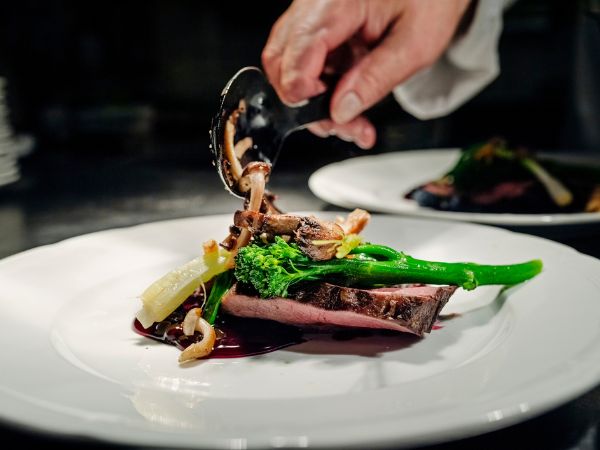
At Montefeltro, our guides and gamekeepers are trained to help select animals that are suitable for the table — healthy, balanced, and in harmony with the local environment.
3. Field Care: Where It All Begins
How you handle the animal in the field has a huge impact on taste and quality. This is where respect meets technique.
Steps for excellent game meat care:
- Field dressing: Gutting the animal promptly prevents contamination.
- Bleeding: Allowing the animal to bleed out helps prevent metallic or “gamey” flavors.
- Cooling: Get the meat out of direct sunlight and lower the internal temperature quickly.
- Hanging (dry-aging): For larger animals like deer or wild boar, hanging the carcass in a controlled environment (cool, dry, and well-ventilated) for several days (minimum one week) enhances tenderness and flavor.
Failing to do these steps properly is one of the most common reasons why some people claim they “don’t like game meat.” When done right, game can rival the best cuts of beef.
4. Butchering: Nose to Tail Philosophy
After aging, it’s time to break the carcass down. Proper butchering maximizes flavor, minimizes waste, and ensures each part of the animal is used to its fullest.

Primary cuts include:
- Backstrap (loin): Lean, tender, and perfect for grilling or pan-searing.
- Hindquarters (haunches): Great for roasts, steaks, or stew meat.
- Shoulder: Tougher but rich in flavor — perfect for slow-cooking and braising.
- Neck: Ideal for ragù or shredded meat dishes.
- Ribs: Excellent when smoked or grilled.
- Offal: Liver, heart, and kidneys can be culinary treasures when prepared correctly.
By embracing the “nose to tail” approach, you not only honor the animal but also gain a deeper appreciation for the complexity of wild meat.
5. Marinating and Prepping: Unlocking the Best Flavor
Game meat often benefits from gentle preparation to soften the texture and balance the wild aromas.
Common techniques include:
- Marinades: Wine, vinegar, herbs (rosemary, thyme, bay), citrus, and garlic work well.
- Brining: Soaking in salt water (with optional aromatics) for moisture retention and flavor balance.
- Milk soak or buttermilk: Helps mellow strong flavors in older animals.
- Dry rubs: Spice blends applied before cooking to create a flavorful crust.
- Vacuum marinating: Speeds up the process and ensures even absorption of flavors.
The key is enhancing the flavor, not masking it. Let the meat speak for itself.
6. Cooking Techniques for Wild Game
Game meat requires care and precision in the kitchen. Here’s how to match cooking methods to the cut:
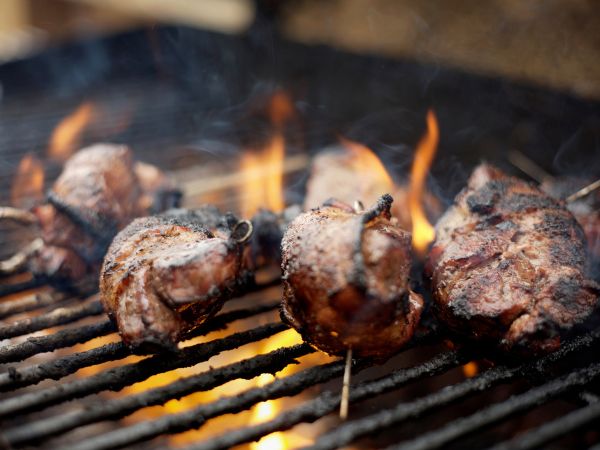
- Grilling or pan-searing: Ideal for backstrap or tenderloin. Cook medium-rare and rest before slicing.
- Roasting: For larger cuts like haunches or saddle. Use indirect heat and baste to prevent drying.
- Braising: Slow cooking in liquid (like red wine or broth) transforms tough cuts like shoulder or neck into melt-in-your-mouth dishes.
- Smoking: Great for ribs, wild boar belly, or sausages.
- Sous-vide: Perfect control over temperature and doneness.
- Stews and ragù: Wild boar or venison ragù with pasta is a beloved Italian classic.
- Tip: Always use a meat thermometer. Game cooks faster than beef and can dry out quickly.
7. Perfect Pairings: Sauces and Side Dishes
Wild game shines when paired with ingredients that reflect the forest, the hunt, and the season.

Popular pairings:
- Berry sauces: Blueberry, raspberry, or lingonberry compotes.
- Red wine reductions: Cabernet, Barolo, or Chianti.
- Mushrooms: Porcini, chanterelle, or oyster mushrooms.
- Root vegetables: Roasted potatoes, parsnips, carrots, or beets.
- Polenta or risotto: Rich, creamy bases for saucy dishes.
- Chestnuts, walnuts, or pine nuts: Add texture and earthiness.
Garnish with fresh herbs like rosemary, thyme, or sage, they pair beautifully with wild meats.
8. Recipes to Try at Home
Bring the wild to your kitchen with these Italian‑inspired recipes:
- Venison Backstrap with Red Wine and Blueberries: sear medallions of venison in butter, deglaze with red wine, add fresh blueberries and reduce to a syrupy sauce.
- Slow-Braised Wild Boar with Juniper and Rosemary: a Tuscan-style stew with boar shoulder, Chianti wine, tomato, garlic, and wild herbs.
- Pheasant with Porcini Cream Sauce: sauté pheasant breasts, then simmer in a porcini and cream reduction. Serve with mashed potatoes or polenta.
- Grilled Muflon Chops with Thyme and Lemon: marinate chops with olive oil, lemon zest, thyme, and grill over high heat.
- Hare Ragù with Fresh Pappardelle: a rich, slow-cooked sauce served over handmade pasta. Deeply satisfying and packed with flavor.
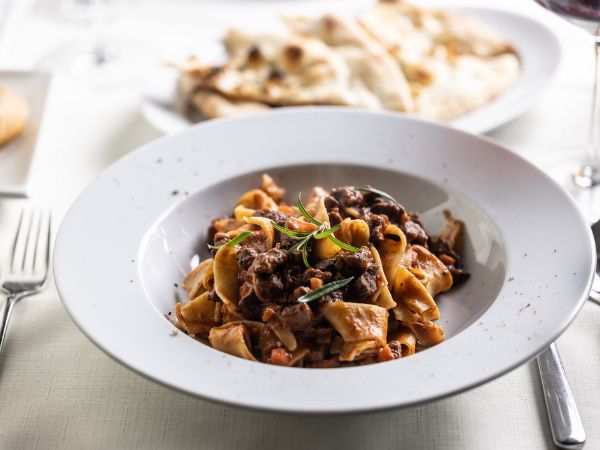
9. Nutrition and Sustainability of Game Meat
Game meat is not just delicious, it’s incredibly healthy and sustainable:
- Lean: Lower in fat than beef or pork.
- High in protein: Ideal for active lifestyles and recovery.
- Natural: No antibiotics, hormones, or feed additives.
- Ethical: Harvested in balance with ecosystems.
- Low carbon footprint: No industrial farming or transportation chains.
By eating game, you’re embracing a more natural and respectful food system.
10. Common Mistakes to Avoid
Cooking game meat can feel intimidating but it really doesn’t have to be. With a little care and know-how, every cut can become something special. The key is avoiding a few common mistakes that often stand in the way of great results.
One of the biggest pitfalls is overcooking. Wild game is naturally lean, and when it’s cooked too long, it turns dry and tough. The fix? Use a meat thermometer and aim for medium-rare, especially with tender cuts like loin or backstrap.
Another often-overlooked step is aging the meat. Skipping this means the meat may stay chewy and the flavor undeveloped. Letting it rest for a few days in a cool, dry place allows the texture to soften and the natural taste to deepen.
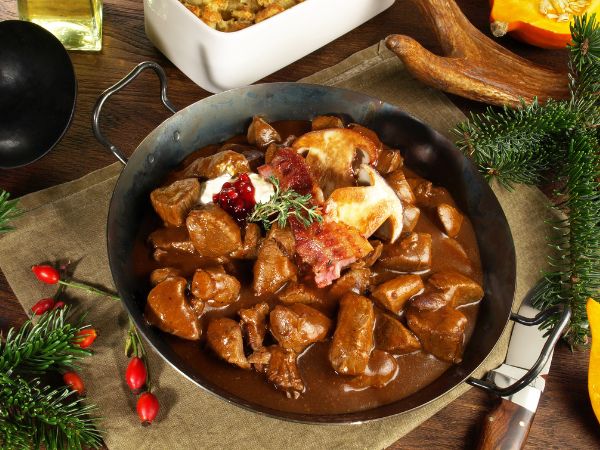
Many new cooks also tend to over-marinate. In an effort to mask what they think is a strong “gamey” flavor, they smother the meat with overpowering spices or acidic ingredients. But that just hides what makes wild meat unique. Instead, go for light, well-balanced marinades that enhance rather than dominate.
Once the meat is cooked, let it rest for a few minutes before slicing. It’s a small step with a big payoff, resting helps the juices redistribute, giving you a more tender and flavorful bite.
And of course, it all starts in the field. Proper handling right after the harvest, quick dressing and cooling, makes a huge difference in preventing off-flavors and ensuring food safety.
Learning to work with wild game takes time, patience, and respect for the animal. But it’s a skill that pays you back with every plate you serve, rich in flavor, memory, and meaning.
11. Testimonials from Hunters
“I had the chance to hunt red deer in Umbria with Montefeltro. The landscapes were magical, but what really impressed me was the attention to detail, from field prep to the perfect venison steaks we grilled that night.”
— James P., Montana
“I’ve hunted all over the US, but nothing compares to boar hunting in Tuscany. And the food after? Unreal. Wild boar ragù and local wine under the stars, that’s something I’ll never forget.”
— Derek L., Texas
“Montefeltro’s guides know every ridge, every path, every track. You don’t just hunt with them, you learn. You share stories. And when you sit down for dinner, you realize the meal tells the full story of your day.”
— Sophie T., Maine
12. From the Field to Your Plate — A Life Well Lived
Those who’ve hunted in Italy with Montefeltro know: it’s not just a sporting trip. It’s an experience that gets under your skin and stays there.
From the silence of Tuscany’s rolling hills to the wild drama of the Alps, every day spent in the field becomes a memory — rich, vivid, and meaningful. Every encounter with game is a privilege renewed. And every dish made from that harvest is a tribute — to the land, the animal, and the moment.
Choosing Montefeltro means choosing those who truly know the terrain, the animals, and the ancient traditions behind the hunt. It means hunting with honor, cooking with purpose, and living every second with authenticity.
If you feel it’s time for something unforgettable, choose Italy. Choose Montefeltro.
Book your next hunting journey today.


